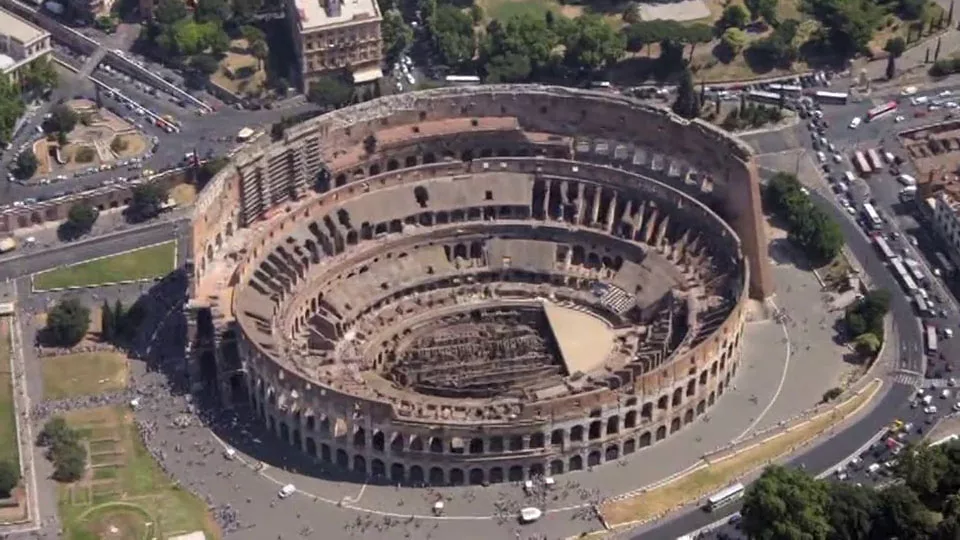Colosseum
The intervention in the “backstage” of the Colosseum
2010 – 2012
OVEVIEW
Restoration work on the hypogean rooms and securing the vaulted structures
CLIENT
Presidency of the Council of Ministers
COST
€ 681.830,92
LOCATION
Rome, Lazio
JOB RESPONSIBILITY
Fabio Primavera
PROJECT DESCRIPTION
Hidden for more than thirteen centuries and known only from literary sources, the hypogea have recovered their original charm through a major restoration signed Edilerica.
Attention, in particular, has focused on the covered part of the hypogea, used through the centuries as storage. The wall structures had extensive black crusts due to pollution and weathering. The surfaces were then thoroughly cleaned with ammonium carbonate compresses with various application times and subsequent washings.
A second part of the intervention on the same surfaces involved consolidation and integration activities. To this end, different types of grouting mortars were created to best reflect the color and grain size of the various original materials including tuff, peperino, travertine, and brick.
In order to provide clear guidelines for the various restoration teams, a piece of masonry that had all the types of materials described was isolated, grouted with the respective mortars, and made into a working example.
The vaulted ceiling was secured first by removing the degraded material and then by applying steel mesh with curvatures following the vault. The floor, in theOpus Spicatum pattern, formed by diagonal herringbone dowels, was in turn washed, biocide treated, and then grouted with mortar similar in color to the original.
The missing floor was reintegrated by laying a cocciopesto mortar, which was similar in strength and color to the floor of
Opus Spicatum
but still distinguishable from the original.

The hypogea
During its years of operation, that is, from 80 to 523 A.D., performances and public events took place in the Flavian Amphitheater including gladiator fights, hunting shows, naval battles, re-enactments of famous battles, and dramas based on classical mythology.
When we speak of hypogea, we mean to refer to the dense network of corridors below the stage in which gladiators, slaves, cages for the ferocious beasts, and machinery necessary for the show, which through direct passages or weight-lifting gears were then brought to the main stage, were stationed and prepared.
Photo reportage

